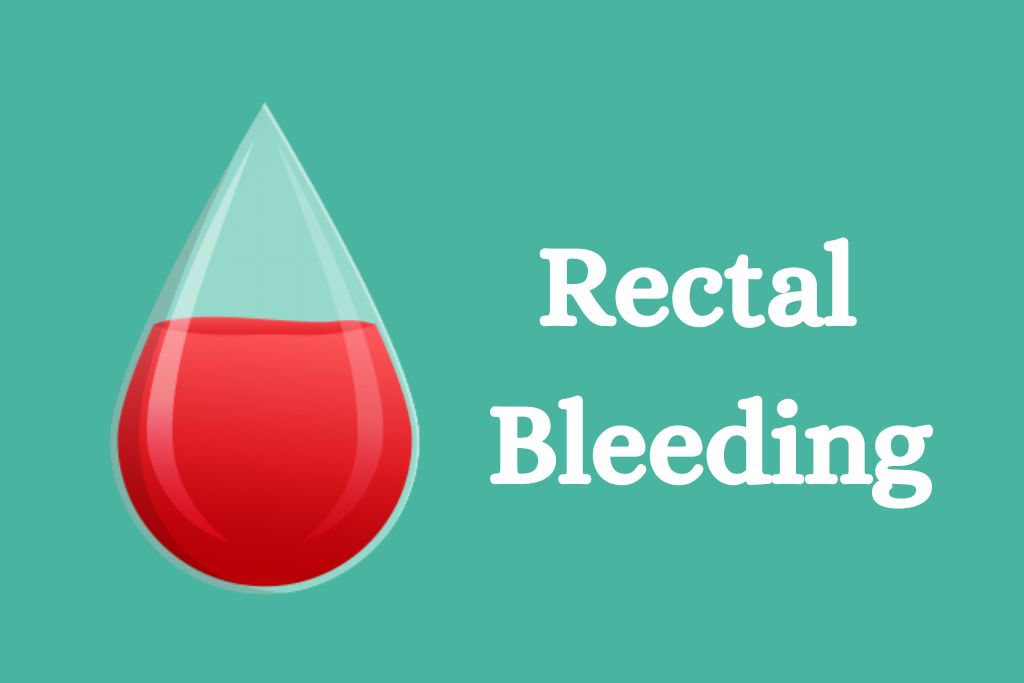
Rectal Bleeding-Symptoms,Causes and Treatment
Rectal bleeding
Sometimes one may see blood in the stools passed, streaks of blood around the stool, or even a change in the color of the water in the toilet bowl. This can be alarming and make you rush to the hospital. The blood we see is from the digestive tract, and the color and quantity of blood can tell us about the site and disease that the person may be suffering from.
The blood can give the stools a red look or make them dark and smelly. Sometimes there may be clots or other times just streaks of blood. Usually, when the blood is bright red, it is fresh bleeding from a lower part of the large intestine or the terminal parts of the digestive tract, like the rectum. Bleeding from the rectum is called rectal bleeding, which may or may not be associated with pain. The blood from rectal bleeding is fresh and, therefore, bright red. Sometimes it may come after a period of constipation or sometimes even diarrhea.
There can be many causes for rectal bleeding; however, you must go to a general physician or surgeon for a thorough checkup.
What symptoms can we see in rectal bleeding?
The following symptoms can be seen with rectal bleeding:
- Pain if it is due to any trauma to the pain-sensitive part of the rectum.
- Mucus-like discharge can be associated with bleeding.
- Any growth protruding out of the anus.
- Feeling light-headed
- Seeing blood in underwear
- Stools that are red or maroon.
- Pain while defecating
These symptoms need to be taken seriously and a gastroenterologist or a surgical gastroenterology specialist.
What are the causes of rectal bleeding?
The following are the causes of rectal bleeding:
- Constipation
- Hard stools
- Anal fissures
- Hemorrhoids
- Cancerous growth
- Crohn’s disease
- Proctitis
- Ulcerative colitis
- Colonic polyps
- Radiation therapy
- Solitary rectal ulcer syndrome.
- Dysentery
- Diarrhea
- Angiodysplasia
- Ischemic colitis
Out of the above causes, hemorrhoids, anal fissures, constipation, diarrhea, and hard stools are commonly seen in daily practice.
Sometimes the blood in the stool may not be seen explicitly and may come out as occult blood in a routine stool examination. This, too, needs to be taken seriously and brought to the attention of the treating physician.
When to consult a doctor about rectal bleeding?
Blood in stools is a matter of concern, no matter how less or more or even multiple or single episodes of the same warrant a visit to the hospital.
Especially alarming symptoms can be
- Severe Pain
- Heavy bleeding
- Nausea
- Dizziness
- Painful cramping of the abdomen
- Itching
- Continuous bleeding
- Black sticky stools
- Chest pain
- Vomiting
- Fever associated with blood loss
- Loss of appetite, constipation, weight loss, and severe bleeding.
- Severe pain in the rectum.
These are symptoms of more severe disease. Early identification and treatment of a rectal bleed is an important step to prevent emergency hospitalization due to heavy bleeding. It is also necessary to eliminate severe diseases like cancers of the rectum and colon with a thorough investigation.
Treatment for rectal bleeding
The treatment for rectal bleeding depends on the cause of the rectal bleeding. For minor bleeding due to hard stools or constipation, the doctor can prescribe a pain relief medication, stool softener, fiber supplements, and recommend warm water. Sometimes the doctor may also give a pain relief cream If the patient has severe bleeding or has any warning signs like fainting, nausea, chest pain, or heavy bleeding. Sometimes the doctor may also recommend an intravenous fluid line to maintain hydration levels in heavy bleeding. With severe symptoms, a thorough checkup with an investigation to check the cause of bleeding, like stool test, colonoscopy, sigmoidoscopy, and MRI of the rectum, may be necessary. A repeated follow-up after the first episode of bleeding is essential.